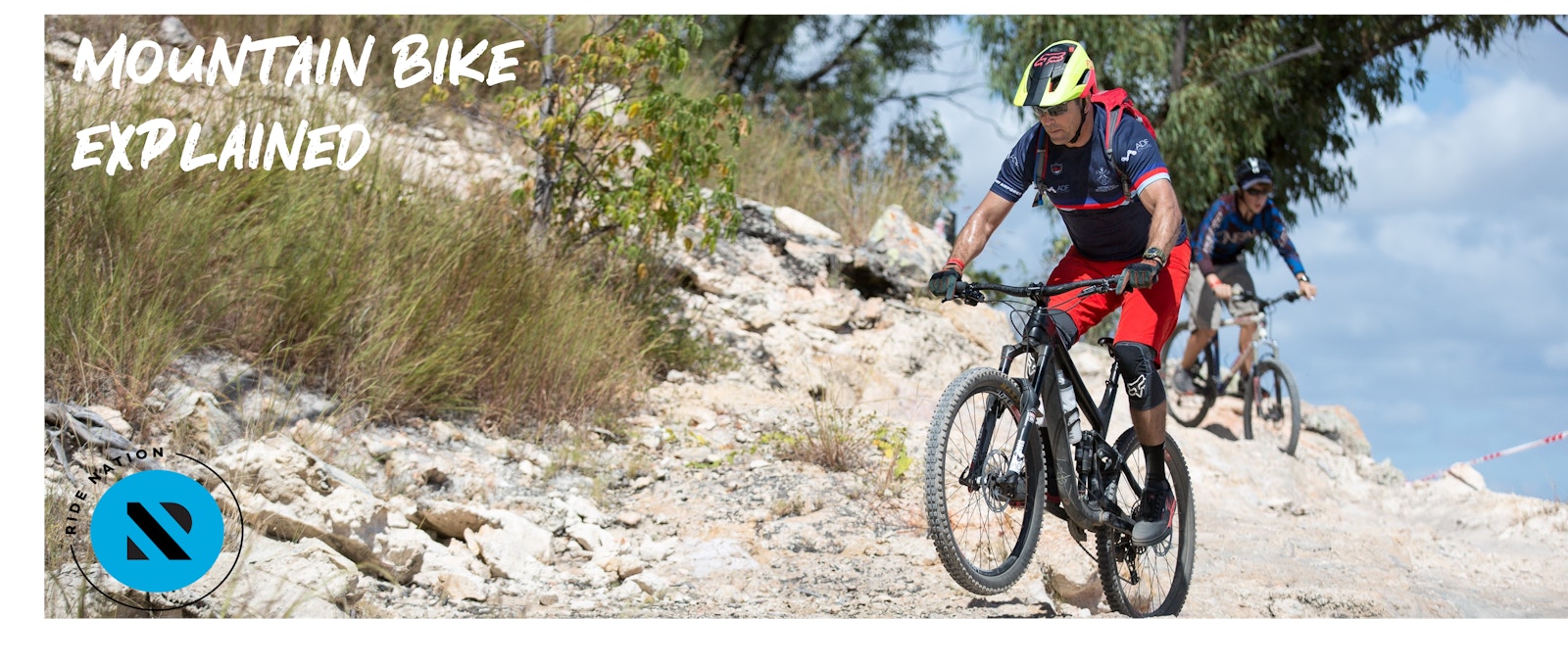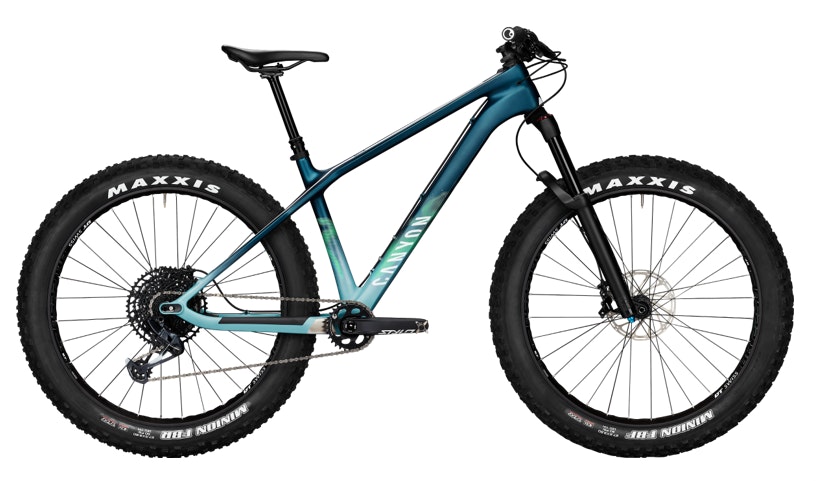

Mountain biking (or MTB) is a sport where riders can explore trails off-road, using specifically designed mountain bikes. This allows riders to traverse through very rough terrain.
Did you know?
Mountain bikes currently make up two thirds of all bikes sold in Australia.


Hardtail
The hardtail (entry level) mountain bike is the cheapest option to get into the sport. For a great quality hardtail the range you would be looking at is $500 upwards. Great starting point to build up some skills and confidence so you don’t learn bad habits.

Dual Suspension
The Dual suspension bikes take mountain biking to the next level. Makes a much smoother ride and you can absorb harsher environments thanks to the dual suspension. These bikes aren’t cheap. Price ranges from $3,000 upwards.

E-Mountain Bike
The E-MTB bike assists the rider to pedal uphill or on a climb thanks to the integrated motor. With this in mind, E-MTB bikes can be priced higher in comparison to Dual Suspension.

Fat Mountain Bike
The FAT mountain bike are designed to traverse over diverse terrain such as snow and sand. They have a greater traction due to the larger tyres and make it easier to ride on snow and sand.

Downhill Mountain Bike
The downhill mountain bike are strong and durable bikes with full suspension so that riders can ride over rough terrain at high speeds.

Mountain Biking (or MTB) covers a board range of off-road cycling disciplines that can loosely be categorised into cross-country and gravity based.
There are 4 primary MTB sub-disciplines that make up the majority of MTB competition.




Respect the landscape
Respect your local trail builders and be a good steward of the physical environment. Keep singletrack single by staying on the trail. Practice Leave No Trace principles. Carry out your rubbish. Do not ride muddy trails because it causes rutting, widening and maintenance headaches. Ride through standing water, not around it. Ride (or walk) technical features, not around them.
Share the trail
On multi-use trails mountain bikers give way to horses and foot traffic. There are some regional and local differences on single-use trails so make sure you check trail signage.
Adapted from Responsible Riding, IMBA Rules of the Trails
Ride open, authorised trails
Building unauthorised singletrack or adding unauthorised trail features are detrimental to our access. Poorly built features could also seriously injure other trail users. Get involved and help your local club or trail care alliance maintain and construct trails.
Ride in control
Speed, inattentiveness and rudeness are the primary sources of trail conflict among user groups. If you need to pass, slow down, ring a bell or verbally announce yourself, and wait until the other trail user is out of the path. Use extra caution around horses, which are unpredictable. Be extra aware when riding trails with poor sight lines and blind corners, and make sure you can hear what’s going on around you.
Plan ahead
Be prepared and self-sufficient. Every mountain biker should carry what they need for the ride they’re undertaking, and know how to fix a flat tyre or make minor repairs. Download a GPS trail app such as TrailForks on your phone for navigation or carry a map in unfamiliar locations. Ride with a partner or share your riding plan with someone if you’re heading out solo.
Mind the animals
When it comes to wildlife, live and let live.
Never frighten animals.
Respect them and their environment.
Adapted from Responsible Riding, IMBA Rules of the Trails



